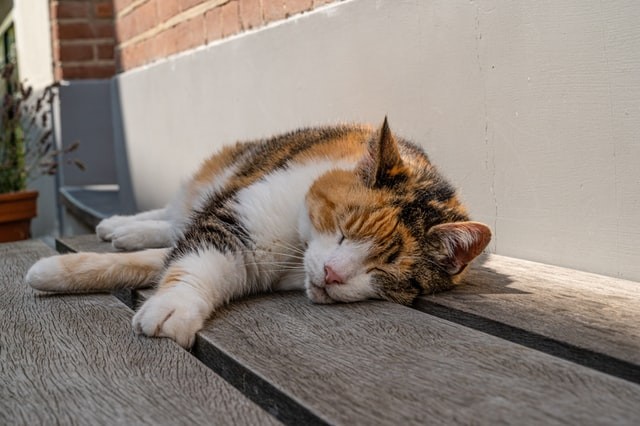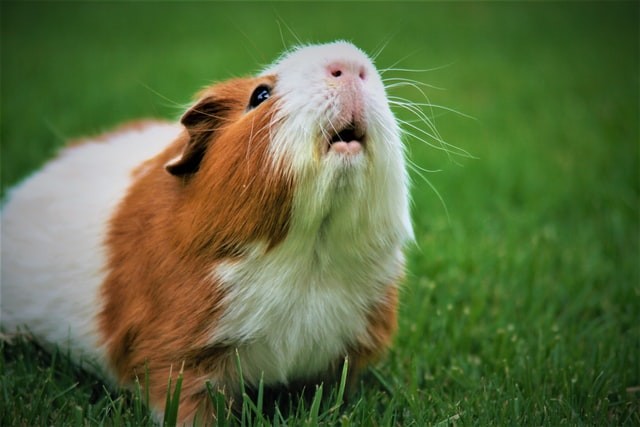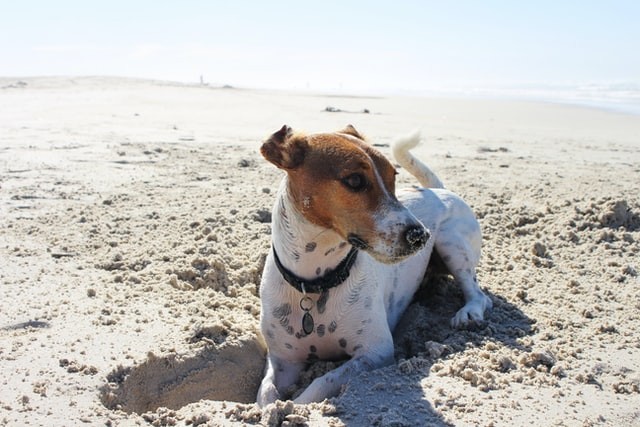Summer pet care – summer is a fun time of year for pets and people. Enjoying a summer day together is great, but the heat can also be dangerous or even deadly for dogs, cats and other pets. Pets, like people, are susceptible to the effects of extreme heat. Providing protection for our pets in hot weather is critical. With a few precautions, you can keep your pets happy and safe in the heat.
HEATSTROKE DANGERS FOR PETS
Heatstroke can occur when an animal’s temperature rises to a critical level. Normal body temperatures for dogs and cats range from 38.3 to 39.2 degrees Celsius. When a dog’s temperature rises to 42+ degrees, or a cat’s to 41+ degrees, they can suffer heatstroke, brain damage, and even death.

SIGNS AND TREATMENT OF HEATSTROKE IN DOGS AND OTHER ANIMALS
Pets showing signs of heatstroke may include:
■ Heavy panting that does not resolve as the pet rests
■ Increasing distress
■ A tongue colour that is dark red to almost purple
■ Weakness or collapse
■ Hyper-salivation, vomiting and laboured breathing.
Move a pet suffering from heatstroke out of the heat immediately. Cool an animal’s ears, belly, and paw pads with cool water (but not freezing or icy). Never put the animal into cold water or cover them with a cold, wet blanket. Once the pet is stabilised, take them to your veterinarian immediately. The animal may be experiencing issues internally that are not visible to you. A variety of situations – such as leaving a dog in a hot car, going for a midday walk with your dog, or simply leaving a pet in your backyard with no shade – can contribute to an animal overheating.
SUMMER PET CARE – TIPS FOR KEEPING PETS SAFE IN HOT WEATHER
AWLQ recommends taking a few precautions to keep dogs and cats healthy and comfortable as the temperature. Here are some tips:
■ If your pet must be outside during the day, ensure that they have access to shade at all hours of the day. Never leave your dog tied up as they could become tangled, out of reach of shade or water. Grass and greenery help keep the backyard cooler, too.
■ Provide pets with fresh, cool water at all times. Most dogs won’t drink hot water no matter how thirsty they are. If your dog stays outside during the day, make sure his water bowl isn’t in a place where he will tip it over. Clam shell pools are a great way to provide dogs their own puddle in which to play.
■ Exercise dogs during the cooler morning or evening hours, not in the intense afternoon heat. Dogs who are seniors, overweight, have thick fur, or a pushed-in nose (such as boxers, pugs and bulldogs) are even more at risk of overheating. Bring water for both you and your pet, or a collapsible bowl if there’s a water source on your route.
■ Be aware of the temperature of the road, footpath or even sand, since the heat can cause burns to your pet’s paw pads if they get too hot.
■ Dogs with bald patches or minimal coats may need sunscreen.
■ Never leave your pet in a car – not even with the windows partway down, not even in the shade, not even for a quick errand. Dogs and cats can’t sweat like humans, so they pant to lower their body temperature, and heatstroke can happen quickly.
■ Guinea pigs can overheat very quickly, particularly those kept in wooden hutches and sheds outdoors which can heat up extremely rapidly. Sadly, heatstroke can be fatal, so it’s essential that guinea pig owners take steps to prevent this. These include moving hutches into the shade and providing cooling ice blocks and fans to regulate temperatures. Signs of heatstroke include lethargy, panting and convulsions. If you suspect that your guinea pig has heatstroke you must seek veterinary help immediately.
Summer pet care is important. If it’s too hot for us to stay comfortable in the car, in the yard, or on a walk, it’s even hotter for our furry companions.

Is your pet feeling a bit off colour and you don’t know why? Maybe this is the answer.

Editor for Silver Magazine Gold Coast

